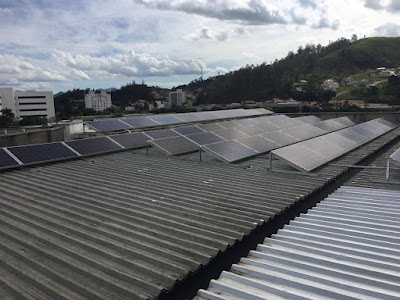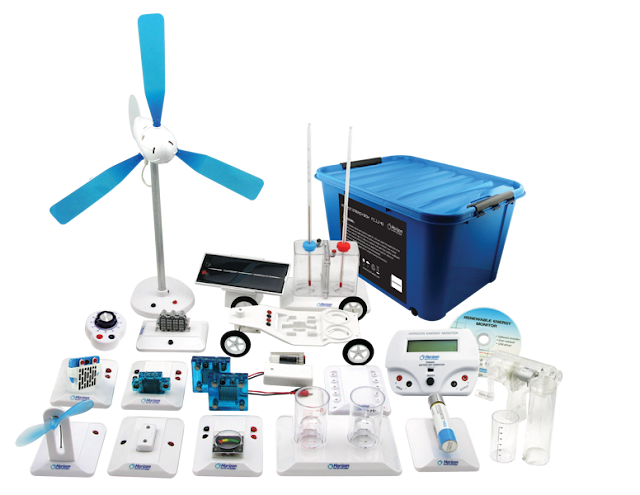Este grupo de pesquisa foi criado como parte do Projeto CNPq 404927/2013-0
Estudo e Desenvolvimento de Metodologias e Tecnologias para Supervisão e Operação de Redes Elétricas Inteligentes
O Grupo de Estudos, Ensino, Pesquisa e Extensão em Tecnologias de Potência Avançadas e Inovações em Sistemas e Redes Elétricas Inteligentes (aPTIs-SG2) tem como principais objetivos gerais:
- Pesquisar tópicos relevantes no contexto de redes elétricas inteligentes, considerando princípios de integralidade, interoperabilidade e sustentabilidade;
- Desenvolver metodologias e tecnologias avançadas de análise, modelagem e simulação digital computacional para representação da complexidade dos fenômenos inerentes a redes elétricas inteligentes;
- Formar competências técnicas, humanas e profissionais capazes de planejar, analisar e operar as redes elétricas do futuro.
The Group of Studies, Teaching, Research and Extension in Advanced Power Technologies and Innovations in Systems and Smart Grids (aPTIs-SG2) has the following general objectives:
- Develop advanced research on relevant topics in the context of Smart Grids, considering principles of integrality, interoperability and sustainability;
- Develop advanced methodologies and technologies of computational analysis, modeling and simulation to represent the complexity of the phenomena inherent to intelligent electrical networks;
- Provide specialized training on technical, human and professional skills to make electrical engineers capable of planning, analyzing and operating future electric networks;
As principais áreas de atuação do grupo são:
- Arquitetura e frameworks para design / planejamento, operação e segurança de redes elétricas inteligentes;
- Ferramentas para análise de desempenho / performance de redes elétricas inteligentes (operação, estabilidade, qualidade, transitórios, economia, regulação);
- Integração sustentável de fontes de energia renováveis, geração distribuída e armazenamento;
- Medição (smart metering), monitoramento, sistemas de comunicação, segurança e inteligência computacional no contexto de redes elétricas inteligentes;
- Modelagem econômica, regulatória e comercial do mercado elétrico inteligente considerando os stakeholders;
- Ensino, Pesquisa, Extensão com treinamento e desenvolvimento de competências em tópicos avançados de redes elétricas inteligentes;
- Eletrônica de potência aplicada a sistemas de alta e média tensão (transmissão e distribuição de energia elétrica) e equipamentos avançados;
- Filosofia da pesquisa, desenvolvimento tecnológico e processos de inovação.
The main areas of activity of the group are:
- Architecture and frameworks for the design / planning, operation and safety of intelligent electrical networks;
- Tools for analyzing performance / performance of intelligent electrical networks (operation, stability, quality, transients, economy, regulation);
- Sustainable integration of renewable energy sources, distributed generation and storage;
- Measurement (smart metering), monitoring, communication systems, security and computational intelligence in the context of intelligent electrical networks;
- Economic, regulatory and commercial modeling of the intelligent electric market considering the stakeholders;
- Teaching, Research, Extension with training and development of skills in advanced topics of intelligent electrical networks;
- Power electronics applied to high and medium voltage systems (transmission and distribution of electricity) and advanced equipment;
- Philosophy of research, technological development and innovation processes;

Contato:
aptis.sg2.unifei@gmail.com
aptis.sg2.unifei@gmail.com
Já está em operação na UNIFEI um sistema supervisório (Elipse) para obter e analizar dados elétricos dos prédios do campus, como mostam as figuras 1 a 4. Figura 5 mostra o sistema fotovoltaico instalado na UNIFEI.
It is already in operation at UNIFEI a supervisory program (Elipse software) to obtain and analyze electrical data from campus buildings as shown in Figures 1, 2, 3 and 4. Figure 5 displays the PV system installed at UNIFEI.
 Figure 1 – Single Line Diagram.
Figure 1 – Single Line Diagram. Figure 2 - Harmonics Distortion
Figure 2 - Harmonics Distortion Figure 3 - Energy Generation of a PV system.
Figure 3 - Energy Generation of a PV system. Figure 4 - Energy Consumption of UNIFEI Campus Buildings.
Figure 4 - Energy Consumption of UNIFEI Campus Buildings.
Figure 5 – 27kW PV system on the Roof of a UNIFEI Campus Building (QmaP).
O modelo econômico do mercado de eletricidade usado no Brasil, conhecido como TAROT - Tarifa Otimizada, é ilustrado na Figura 6.
The economic electricity market model used in Brazil, known as TAROT – Tariff Optimization, is illustrated in Figure 6.

Figure 6 - Economic model of the electricity market.
Além do conceito de utilizar o "campus da UNIFEI como um laboratório inteligente e vivo," o Laboratório de Redes Elétricas Inteligentes está sendo montado. A meta desse laboratório é desafiar estudantes nas primeiras disciplinas de engenharia elétrica na UNIFEI a desenvolverem suas habilidades e aprimorar o aprendizado em fontes de energia renovával, além de avançados conceitos em Smart Grids para o benefício da humanidade (Figuras 7 a 12).
Besides the concept of using the “UNIFEI Campus as a Smart Living Lab” a Smart Grid Laboratory is being developed. The goal of this Smart Grid Laboratory is to challenge students since their first courses in electrical engineering at UNIFEI to develop their skills and improve learning on renewables power sources and advanced concepts in Smart Grids for the benefit of mankind (Figures 7 – 12).

Figure 7 - Smart Grid Laboratory.
 Figure 8 - Renewable Energy Kit 1
Figure 8 - Renewable Energy Kit 1
Figure 9 - Renewable Energy Kit 2.

Figure 10 - Renewable Energy Monitoring 1.

Figure 11 - Renewable Energy Monitoring 2.

Figure 12 – Basics of Electrical Vehicles.
O aPTIs-SG2 é responsável pela criação do canal de vídeos ISEE Unifei no Youtube, onde são disponibilzadas vídeo-aulas, entrevistas, workshops, e participações em eventos (Figuras 13-14).
The aPTIs SG2 is responsible for creating a Youtube Video Channel where are public available classes, interviews, workshops and events participation (Figure 13-14).
 Figure 13 – Participation at the Brazilian Congress about Power Quality.
Figure 13 – Participation at the Brazilian Congress about Power Quality.
Professor Paulo Fernando Ribeiro, from the Institute of Electrical Systems and Energy (ISEE) of Unifei, gave a lecture on "Distributed Generation - Technical Challenges for Energy Quality", in Plenary Session II. In addition to this, the conference was attended by professors Antônio Carlos Zambroni de Souza, Benedito Donizeti Bonatto, Thiago Clé de Oliveira, Aurélio Luiz Magalhães Coelho and Guilherme Monteiro de Rezende. According to the programming established by the CBQEE, all the papers of students and researchers of Unifei ith focus on the Quality of the Electric Energy in the Context of the Intelligent Electrical Networks were presented.
The SBQEE held the event in order to stimulate the discussion of the proposed issues and to promote the issue of the quality of electric energy in Brazil among engineers, researchers, consumers, manufacturers, concessionaires and regulators.
On that occasion, Professor Benedito Donizeti Bonatto, also of the ISEE, was chosen as vice-president of the SBQEE during an assembly in which it was elected its executive board for the biennium 2017-2019. In addition, the entity defined that the 13th CBQEE will take place in Goiânia - GO, in August 2019.
According to the entity's bylaws, for the 2019-2021 biennium, Professor Bonatto will be the president of SBQEE, further expanding Unifei's representation of Power Quality research in the context of Smart Grids in Brazil.

Figure 14 – Workshop of the INERGE – National Institute of Electrical Energy.
